Exploring Alice Springs Desert Park: A Truly Genuine Australian Outback Experience
For those curious about the unique ecosystems and Indigenous cultures of central Australia, the Alice Springs Desert Park offers a thoughtfully curated window into this arid yet lively landscape. Based on countless reviews and official info, this self-guided ticket provides a balanced mix of natural beauty, educational talks, and authentic encounters that appeal to all ages.
What makes this experience stand out? First, you’ll love the chance to see native wildlife in natural enclosures — including rare and endangered species like ghost bats and bilbies. Second, the daily interpretative talks, often led by knowledgeable staff and Indigenous guides, add depth and context that elevate the visit beyond just scenery. Third, the park’s design, which includes distinct desert environments such as woodland, sand, and river, helps you understand the diversity of Australia’s desert regions.
A potential consideration is that the tour is self-guided, so you’ll need to manage your own schedule and pacing. This can be a plus for those who enjoy flexibility but might feel a little overwhelming if you prefer guided group insights. This tour suits travelers who appreciate wildlife, Indigenous stories, and natural landscapes, especially if they’re visiting Alice Springs for the first time or seeking a family-friendly outdoor activity.
Key Points
- Self-guided experience with informative maps and schedules
- Native wildlife viewing in naturalistic enclosures
- Daily talks and demonstrations, including bird shows and nocturnal animal encounters
- Insight into Aboriginal traditions and Dreamtime stories
- Family-friendly environment with facilities like cafés, picnic areas, and gift shops
- Good value at around $26.78 per person, offering a flexible and educational day
What to Expect at Alice Springs Desert Park
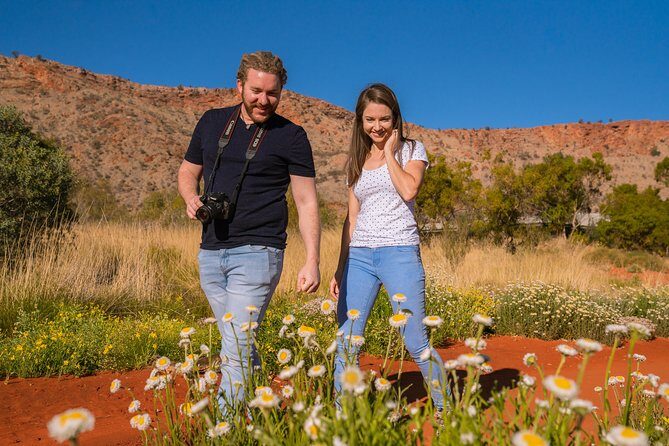
Visiting Alice Springs Desert Park feels like walking through a living classroom. You arrive to a friendly welcome, receive a detailed map, and plan your own journey through the three main desert zones. The park spans woodland, sand, and river environments, and each provides its own set of surprises, helping you understand how flora and fauna adapt to their surroundings.
Looking for more options in Alice Springs? We've reviewed plenty of other experiences.
Flexibility and Self-Guided Exploration
One of the biggest strengths here is the freedom to explore at your own pace. You can linger over botanical displays, watch bird demonstrations, or take your time to observe animals in their enclosures. This setup works well for families, couples, or solo travelers who enjoy the autonomy of a self-paced visit. It’s also a chance to take more photos and engage deeply with each exhibit without feeling rushed.
Wildlife Encounters
A major highlight for many visitors is the chance to see native Australian animals up close. The enclosures are laid out to mimic natural habitats, so animals like reptiles, birds, and small mammals go about their day undisturbed. As one reviewer noted, “The bird show and teachings about how aborigines survived off this harsh land with meagre surroundings for their medicine, food, and tools” — the bird show presents raptors in flight, adding a dynamic element that delights bird lovers.
The Nocturnal House is a star attraction. Here, you’ll find animals that only come out at night, including the rare ghost bats and bilbies. Visitors have appreciated the chance to see these creatures in a safe environment, gaining insight into the unseen world of desert nightlife. One reviewer admired the “fascinating” keeper talk in this space, emphasizing how much they learned about animal behaviors and adaptations.
Indigenous Culture and Stories
The park does an excellent job of weaving in Aboriginal perspectives, especially through talks given by Central Australian Indigenous guides. These stories, part of the Dreamtime, illustrate the deep connection between the land, animals, and the Aboriginal people. Visitors often comment on how these narratives add emotional and educational depth to the experience, making it more than just a zoo.
Theatrical and Interactive Elements
Outside of enclosures, the outdoor amphitheater hosts bird of prey demonstrations. Watching eagles and falcons swoop through the air is both impressive and informative. It’s a highlight repeatedly praised — one visitor said, “The bird show was also a highlight,” and noted how skilled the handlers are in showcasing their birds’ natural talents.
Facilities and Practicalities
The park is well-equipped with amenities like a café, picnic areas, a gift shop, and options for electric scooter hire. These facilities enhance comfort, especially for families with children or visitors with mobility concerns. The park’s location near public transportation makes it accessible without needing a private car, although most visitors find that having their own transport maximizes flexibility.
The Detailed Itinerary Breakdown
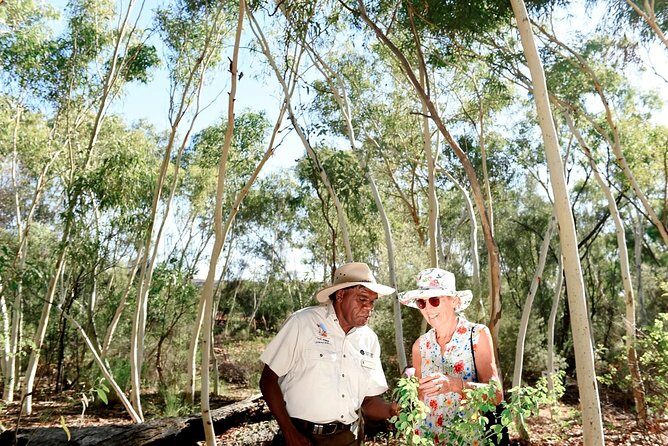
Starting at the main entrance, you’ll receive your map and daily schedule, which guides your self-paced exploration. The park is designed to show the distinct features of Australian desert environments.
First Stop: Woodland Environment
Here, the focus is on trees and bushes that thrive in dry conditions. Expect to see typical flora like mulga and desert oaks, alongside interpretative displays explaining how Indigenous communities used these plants. Reviewers have loved the detailed botanical displays, with one mentioning “spectacular wildflowers and trees” that add color to the landscape.
Next: Sand Country
This zone captures the iconic desert dunes. You can observe animals adapted to sandy terrains and learn about survival strategies. Many visitors appreciate lingering along the pathways, taking in the scenery and wildlife. One reviewer remarked, “We could observe enclosures along the paths where we could linger and watch,” emphasizing how the park encourages a slow, immersive experience.
Finally: River Environment
Waterholes and riparian zones are recreated here, highlighting the importance of water in arid regions. Visitors can peek into aquariums to see freshwater turtles, fish, frogs, and yabbies. The waterhole exhibits give a calming contrast to the arid surroundings and are perfect for photo moments.
Authentic Encounters and Education
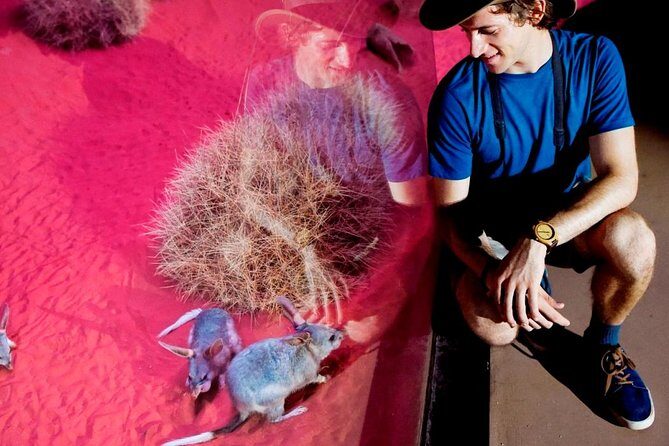
The daily talks and demonstrations are what truly elevate this experience. Staff and Indigenous guides share stories about the land, its creatures, and traditional uses of plants. For example, one reviewer noted how the “keeper talk in the nocturnal house was fascinating,” adding value for those keen to learn more about the animals’ lifestyles.
The bird of prey show is another highlight, where you get to see raptors in flight, often soaring directly over the audience. Visitors have described the presenters as “full of wisdom and wit,” making the educational element both fun and memorable.
Price and Value Analysis
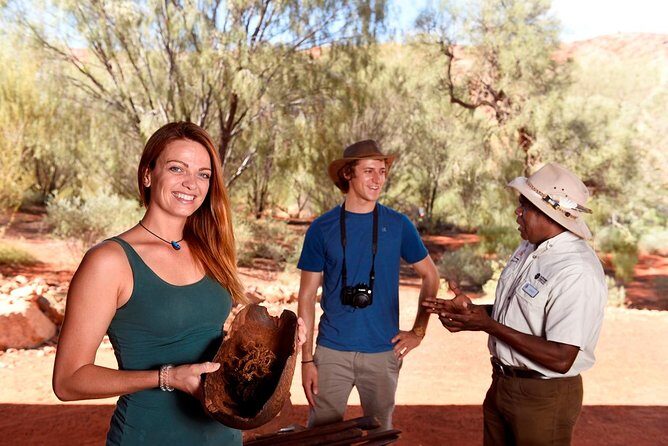
At $26.78 per person, the ticket price is quite reasonable considering what’s included. The park offers a comprehensive look at the central Australian environment and its inhabitants, with many opportunities to observe wildlife, learn Indigenous stories, and enjoy scenic walking paths. Given the reviews praising the value for money and the knowledgeable guides, this experience is definitely worth the cost.
Additional expenses like electric scooter hire or animal encounters are optional extras, allowing flexibility for different budgets. The park’s facilities, like the café and picnic spots, make it easy to spend a full day without feeling rushed or needing to leave early.
Who Will Love This Tour?
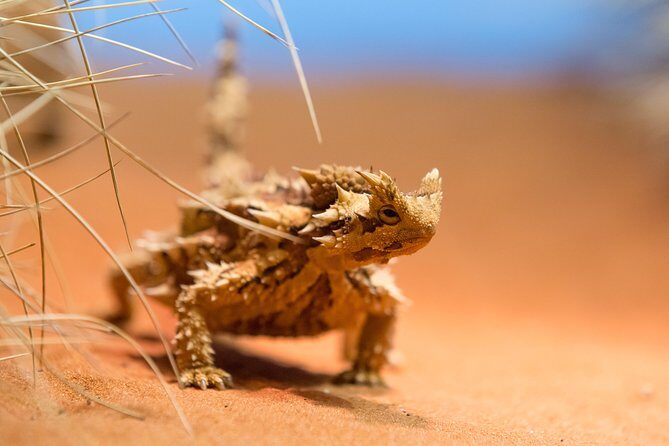
This experience is perfect for families, nature lovers, and anyone interested in Indigenous culture. It’s suitable for all ages, from curious kids eager to see animals to adults keen to learn about desert ecosystems and Dreamtime stories. It also works well for those who prefer self-guided exploration over guided tours, as it allows you to set your own pace and focus on what interests you most.
If you’re seeking a relaxing outdoor activity that combines wildlife, culture, and beautiful scenery, Alice Springs Desert Park is a solid choice. It offers genuine educational value while showcasing the resilience and diversity of Australia’s desert life.
Final Thoughts
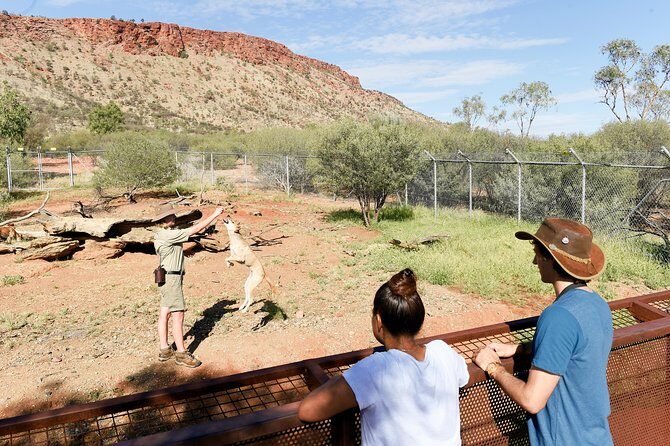
The Alice Springs Desert Park delivers an authentic glimpse into the harsh yet vibrant world of central Australia. Its well-designed habitats, engaging wildlife encounters, and Indigenous storytelling create a well-rounded experience that appeals to all ages. The ability to explore at your own pace makes it a flexible choice for families, solo travelers, or couples seeking a meaningful outdoor activity.
While the self-guided format means you’ll need to manage your schedule, this also allows for personalized discovery. The ongoing praise for knowledgeable staff, especially guides sharing stories with wit and warmth, adds a human touch that elevates this from merely a scenic walk to a memorable cultural and natural journey.
For travelers interested in wildlife, indigenous culture, and Australian landscapes, the Desert Park offers good value and a genuinely enriching outing that helps make sense of the deserts’ surprising vitality.
FAQ
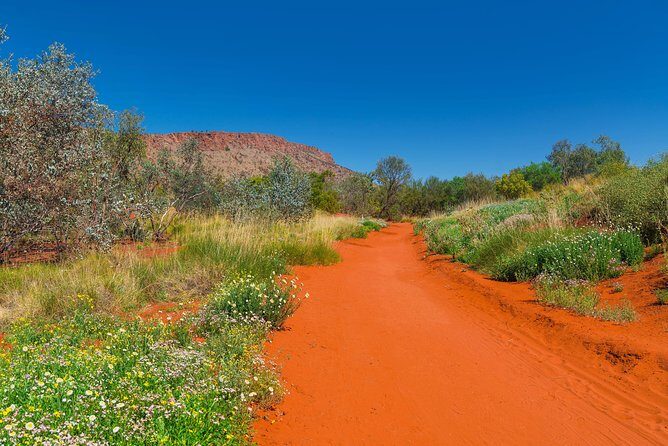
Is the Alice Springs Desert Park suitable for children?
Yes, it is. The park is family-friendly, with plenty of visual and interactive exhibits, and the outdoor setting makes it safe and enjoyable for kids of all ages.
Are there guided tours included?
No, the ticket is for general entry with self-guided exploration. However, there are daily talks and animal demonstrations led by staff, which many visitors find educational and entertaining.
Can I hire electric scooters at the park?
Yes, electric scooters are available for hire, which can make exploring the park easier, especially for those with mobility concerns.
How long does the visit usually take?
Visiting can range from about 3 to 8 hours, depending on how much time you spend at each zone, attending talks, and exploring at your own pace.
Are animals kept in natural environments?
Yes, the enclosures are designed to mimic natural habitats, providing a more authentic experience of the native wildlife.
Is there food available on-site?
Yes, there is a café for refreshments, and picnic areas are available if you prefer to bring your own food and relax outdoors.
In essence, Alice Springs Desert Park offers a meaningful, accessible look into the ecosystems and cultures of Australia’s heartland. Whether you’re a wildlife enthusiast, culture explorer, or family visitor, it’s a day well spent in the outback’s true spirit.
More Dinner Experiences in Alice Springs
More Dining Experiences in Alice Springs
More Tour Reviews in Alice Springs
- West MacDonnell Ranges & Standley Chasm Day Trip from Alice Springs
- 4 Day Tour in Red Centre Alice Spring to West MacDonnell
- West MacDonnell Ranges Tour from Alice Springs
- Alice Springs Desert Park Nocturnal Tour
- Ayers Rock Day Trip from Alice Springs Including BBQ Dinner
- Alice Springs to Uluru (Ayers Rock) Coach Transfer
Still browsing? Here are more Alice Springs experiences we've covered recently
- West MacDonnell Ranges & Standley Chasm Day Trip from Alice Springs
- 4 Day Tour in Red Centre Alice Spring to West MacDonnell
- West MacDonnell Ranges Tour from Alice Springs
- Alice Springs Desert Park Nocturnal Tour
- Ayers Rock Day Trip from Alice Springs Including BBQ Dinner
- Alice Springs to Uluru (Ayers Rock) Coach Transfer
- West MacDonnell Ranges Day Trip from Alice Springs
- West MacDonnell Ranges Half day Tour -Small Group
- Airport Shuttle Accommodation to Airport
- Alice Springs Desert Park General Entry Ticket
- Uluru, Kata Tjuta and Kings Canyon Camping Safari from Alice Springs
- Red Centre Journey Tour
